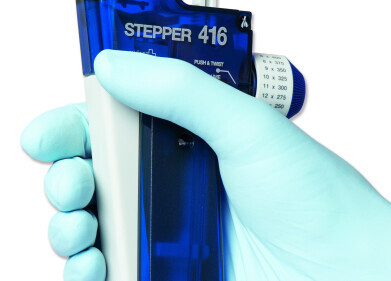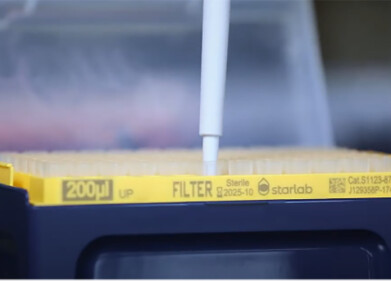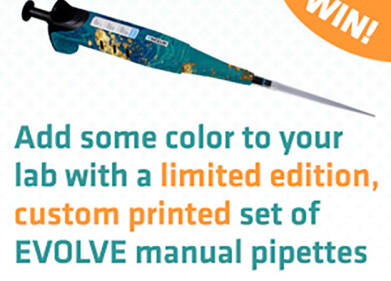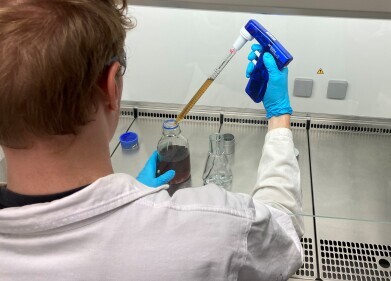Pipettes
5 Different Types of Pipettes
Jan 13 2022
When it comes to liquid handling in laboratories, pipettes offer accuracy, precision and ease of use. The technology isn’t new, with pipettes first patented in the 1950s by German scientist, Dr Heinrich Schnitger. Since then, pipettes have become a staple in laboratories of all calibres, from state-of-the-art diagnostic providers such as the American Medical Lab (AML) to high school science classrooms.
Below, we take a closer look at five different types of pipettes and best-practice techniques.
Variable volume air displacement single-channel pipettes
A wide volume range, comfortable ergonomics and versatility across a range of applications makes variable volume air displacement single-channel pipettes one of the most popular pipette types.
Multichannel pipettes
Multiple heads make multichannel pipettes the best option for microplate tasks, including polymerase chain reaction (PCR), enzyme-linked immunosorbent assay (ELISA) and cell culture assays. Manual multichannel pipettes are preferred for small-scale applications while automated versions offer incredible speed and efficiency. 8 and 12 channel models are suitable for 96-well microplates, while 16-channel multichannel pipettes are designed for 384-well microplates.
Electronic pipettes
Electronic pipettes are considered gold-standard for repetitive tasks. These laboratory mainstays can be programmed to carry out a variety of monotonous tasks, including dividing a reagent into multiple doses.
Multichannel electronic pipettes
The use of multichannel electronic pipettes can drastically improve workflows and slash the time needed to complete laboratory tasks. This type of pipette is especially useful for microplate filling applications, with adjustable tip spacing allowing the instruments to simultaneously meet different formats.
Serological pipettes
Used for cell and tissue culture tasks, serological pipettes are generally made from glass or transparent polystyrene. For example, Nunc™ Serological Pipettes manufactured by Thermo Scientific™ are manufactured from 100% virgin polystyrene to maximise clarity. When sterility is a priority, disposable plastic pipettes are preferred. Aspiration and dispensing speed can be adjusted to suit a variety of tasks and liquid types.
COVID-19 fuels demand for pipettes
Demand for pipettes soared during the COVID-19 pandemic, with PCR testing laboratories scrambling to secure the disposable tips needed to process samples and detect viral genetic material. Analysts predict demand for pipette tips will continue to grow over the coming years, with COVID-19 testing and growing research in the healthcare and biotechnology sectors set to push market value to US$ 166.57 million by 2028.
Find out more about liquid handling in laboratories, including the advent of high throughput liquid handling, in ‘Liquid Handling - What, Why & How?’
Digital Edition
Lab Asia 31.2 April 2024
April 2024
In This Edition Chromatography Articles - Approaches to troubleshooting an SPE method for the analysis of oligonucleotides (pt i) - High-precision liquid flow processes demand full fluidic c...
View all digital editions
Events
Apr 28 2024 Montreal, Quebec, Canada
May 05 2024 Seville, Spain
InformEx Zone at CPhl North America
May 07 2024 Pennsylvania, PA, USA
May 14 2024 Oklahoma City, OK, USA
May 15 2024 Birmingham, UK



















